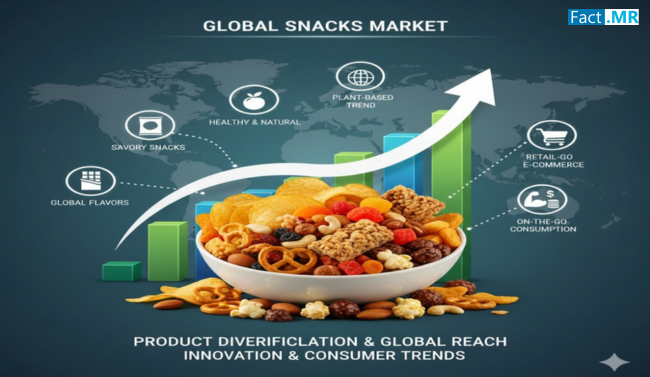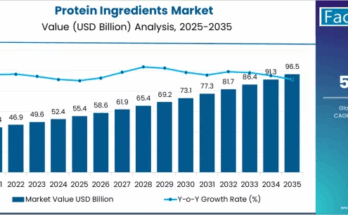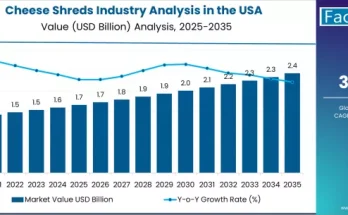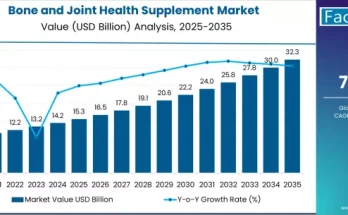The global snacks market has evolved into a dynamic and rapidly expanding sector, fueled by changing lifestyles, increasing urbanization, and rising consumer demand for convenient, flavorful, and health-conscious options. Snacks are no longer just occasional treats—they have become an integral part of daily diets, often serving as meal replacements or on-the-go nutrition solutions.
This article provides an in-depth look at the snacks market, examining key growth drivers, trends, regional insights, consumer behavior, challenges, and opportunities for manufacturers and new entrants.
Market Overview
Snacks encompass a wide variety of products, including salty snacks, baked goods, protein bars, nuts, trail mixes, and confectionery items. They are consumed across all age groups and cater to diverse tastes and dietary preferences.
The market is driven by convenience, flavor diversity, and increasing awareness of healthier alternatives. Modern consumers are seeking snacks that deliver both indulgence and nutritional value, prompting manufacturers to innovate with functional ingredients, fortified products, and better-for-you options.
Key Market Drivers
- Busy Lifestyles and On-the-Go Consumption
Urbanization, extended work hours, and hectic schedules have increased the demand for quick, easy-to-consume snacks. Consumers prefer products that can be consumed between meals, during commutes, or at workplaces. Protein bars, trail mixes, and resealable snack packs cater directly to this trend.
- Rising Health Awareness
Health-conscious consumers are increasingly selecting snacks that are low in sugar, high in protein, gluten-free, or plant-based. Functional snacks fortified with probiotics, vitamins, and superfoods are gaining popularity, reflecting the trend of combining indulgence with nutritional benefits.
- Product Innovation and Flavor Diversification
Innovation plays a crucial role in the snacks market. Companies are constantly experimenting with unique flavors, textures, and formats to meet evolving consumer preferences. Regional flavor adaptations and premiumization, particularly in emerging markets, help brands capture a wider audience.
- Digital Retailing and E-Commerce Expansion
Online shopping and direct-to-consumer models have expanded access to snacks, enabling niche and artisanal brands to reach global markets. E-commerce platforms allow for subscription-based models, bulk purchases, and customization, creating new opportunities for consumer engagement.
- Growing Functional and Specialty Segments
Functional snacks targeting specific health benefits—such as immunity, digestive health, and energy enhancement—are attracting health-conscious consumers. Specialty snacks catering to dietary needs like vegan, organic, or allergen-free options are also gaining traction.
Market Challenges
- Raw Material Price Volatility
The snacks industry relies heavily on agricultural commodities such as wheat, corn, nuts, dairy, and cocoa. Price fluctuations due to climate events, geopolitical issues, and supply chain disruptions can impact production costs and profit margins.
- Intense Competition
The snacks market is crowded with multinational companies, regional players, and emerging niche brands. Competition for shelf space, consumer loyalty, and brand recognition is intense, often pressuring prices and profitability.
- Sustainability Concerns
Environmental issues such as single-use plastic packaging and carbon-intensive supply chains are drawing scrutiny from regulators and consumers. Brands that fail to adopt eco-friendly practices risk reputational damage and potential regulatory penalties.
- Regulatory Oversight
Food safety, labeling requirements, and ingredient regulations are becoming more stringent across regions. Compliance adds complexity and cost, particularly for companies operating internationally.
Regional Insights
North America
North America is a mature market with a high demand for convenience and functional snacks. Urban consumers increasingly replace small meals with protein bars, baked snacks, and trail mixes. Private-label products and bulk buying are also popular strategies in this region.
Europe
Europe shows strong growth in clean-label, natural, and diet-specific snacks such as gluten-free, vegan, or low-sugar options. Consumers prioritize health, quality, and sustainability, influencing product development and marketing strategies.
Asia-Pacific
Asia-Pacific is emerging as a high-growth region, driven by rising disposable incomes, urbanization, and younger populations. The market balances traditional flavors with modern, health-oriented formulations. Local brands are innovating to cater to both indulgence and nutrition.
Middle East & Africa
The Middle East and Africa are witnessing growth among youthful demographics seeking convenient, flavorful snacks. Health-conscious and halal-certified options are gaining popularity, alongside traditional savory snacks that appeal to local tastes.
Consumer Trends
- Health-Oriented Snacking: Increasing demand for low-calorie, high-protein, gluten-free, or plant-based snacks.
- Functional Ingredients: Use of probiotics, superfoods, vitamins, and minerals to add health benefits.
- Convenience and Portability: Ready-to-eat and resealable packaging for on-the-go consumption.
- Flavor Innovation: Unique and regional flavor blends to attract diverse consumer preferences.
- Digital Engagement: E-commerce platforms, subscriptions, and personalized recommendations enhance reach.
Competitive Landscape
The global snacks market includes major players such as:
- Mondelez International Inc.
- Mars Incorporated
- PepsiCo
- Kellogg’s
- General Mills Inc.
- Calbee Inc.
These companies are focusing on product innovation, regional flavor adaptations, functional ingredients, and sustainability initiatives to maintain market leadership. Smaller brands differentiate themselves through niche products, artisanal offerings, and digital marketing.
Opportunities for New Entrants
New players can capitalize on growth by:
- Launching health-focused or functional snack products
- Exploring plant-based, organic, or allergen-free segments
- Leveraging e-commerce and subscription models for direct consumer reach
- Introducing innovative flavors and premium offerings
Adopting sustainability measures and clean-label formulations can further enhance brand credibility and market acceptance.
Future Outlook
The snacks market is poised for sustained growth, supported by:
- Urbanization and busier lifestyles increasing on-the-go consumption
- Health-conscious trends driving demand for functional and better-for-you snacks
- Technological advancements in e-commerce and distribution
- Expansion of premium and artisanal offerings in emerging markets
- Greater emphasis on sustainable practices and regulatory compliance
With continued innovation, diversification, and consumer-centric strategies, the snacks market is expected to thrive globally in the coming decade.
Conclusion
The global snacks market reflects evolving consumer lifestyles, health awareness, and demand for convenience. While challenges like raw material volatility, competition, and sustainability issues exist, opportunities in functional, specialty, and digitally distributed snacks present significant growth potential. Companies that balance taste, health, and sustainability while leveraging innovation and digital channels are well-positioned to capture market share in this rapidly expanding industry.



